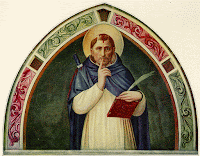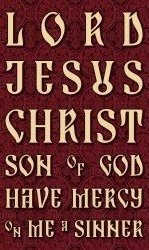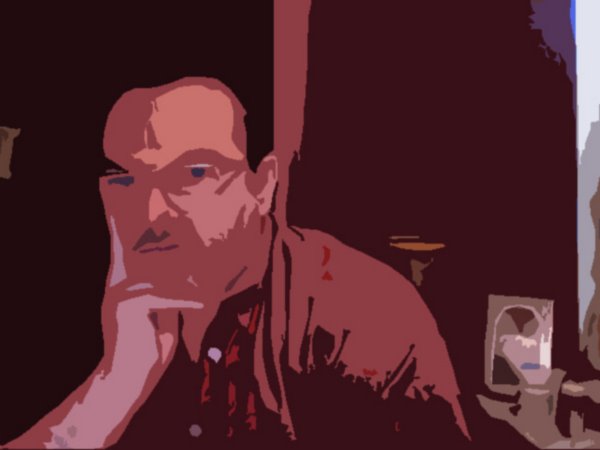I find it hard to believe that the first month of A.D. 2010 will soon be past. So much time seems to run on without me as if I were dawdling somewhere in time with the calendar marching on. For Anglicans ecclesiastical time is kept through a Kalendar with a "K" as if to say this way one finds Kairos. This month has seen me reading in various Thomas Merton books ... especially 'The Sign of Jonas' and I marvel at the way my guardian angel has guided my private reading of late. I was first aware of something very new starting in my life when I was turned full face toward Caryll Houselander and the genius of her thought. My spiritual director thinks I shall return to her again as the subject of an entire Kalendar year's source of study and contemplation in the near future. Into almost every conversation I hear her voice pronounced and pointed, astute and at times astonishingly fresh in laying hold of reality and holding it up to the mirror of eternity.
Now the Scottish Congregationalist Divine P.T. Forsyth has my attention for which I thank my guardian angel sincerely. In P.T. Forsyth there is a voice willing to converse on those topics of art, truth, beauty that so interest Pope Benedict XVI. One thing my Anglican background permits is the free gathering together of ideas outside the Anglican world in order to consider and proclaim the beautiful Gospel of Christ, of Life in Christ, of Life itself. So many Catholics I have come to know are afraid to read anything arising from outside the walls of the Roman Catholic Church, and there is a great poverty in that which would be immediately clear to the Anglican but not to the cradle Catholic.
Why should one concern oneself with what those outside the Church have to say about anything? And the answer is plain; it is painfully simple. The New Evangelisation called for by Pope John Paul II requires our acquainting ourselves with the Church's rivals as well as the Church's cousins. As Our Lord Jesus Christ prayed and yet prays that we would be one in Him as He and the Father are one, so we are compelled to learn what is needed in order to heal and end the divisions that are the work of the devil and of the pride of fallen man.
Dear reader, I intended to develop these thoughts more fully, but my hands, singing out in pain, require I stop typing. My hope remains that there may be something here worth considering even if it is as small as commending Merton or Houselander to your attention ... or even P.T. Forsyth.
May God's blessings be with you as you enlarge the domain of your knowledge, and may His Love attend you in praying for the healing of the Church that there may be one Church as there is one flock and one great Shepherd of the Sheep, Jesus Christ our Saviour.

























